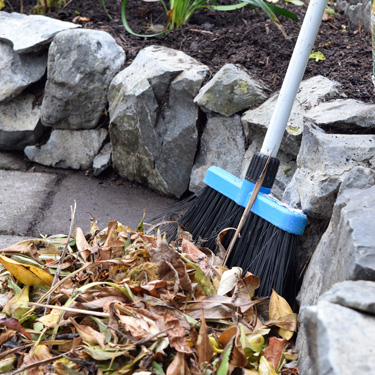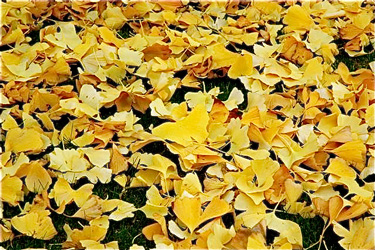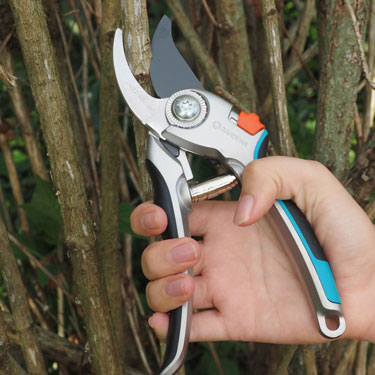Garden in winter
The last summer’s crops have been picked and the veges we planted in autumn are looking good. Much of the garden will soon be sleeping but that doesn’t mean we have to hibernate indoors.
Here’s a checklist of aerobic activities to keep you and your garden in good shape this winter.
| 1 | Dig – but NOT if the soil is wet and heavy. This is bad for your soil’s structure. However, as long as it’s not sloshy underfoot and the soil isn’t sticking to your spade, winter is a great time to plant, especially deciduous trees and roses. |
| 2 | Clear away weeds and spent summer annuals. This will not only make you feel good, it will also remove lurking pests, diseases and weed seeds. DO NOT put diseased material on the compost heap. |
| 3 | Cut back perennials. This tidies up the scene for winter and encourages the fresh flush of growth in spring. But take your time, there’s no rush. Some flowers look lovely long after the green has left them, especially on a frosty winter morning. Try leaving some of your shapeliest perennials (eg Sedum, Achillea, Echinacea) for winter effect, and leave some seed heads for the birds. |
| 4 | Prune roses. Winter is the best time to prune all roses except old-fashioned roses that flower only once a year in early summer. In cold climates leave rose pruning until August. |
| 5 | Prune deciduous fruit trees, except plums. Plums are pruned in dry weather to prevent disease. Prune to remove dead or unhealthy branches and to let more sun into the tree. |
| 6 | Spray to prevent disease. Winter spraying is simple, effective and largely organic. By killing insect eggs and disease spores, it significantly reduces problems in spring and summer. Use spraying oil and copper to spray roses and all other deciduous shrubs and fruit trees. Also spray citrus and evergreens such as rhododendrons showing signs of thrips (silvering leaves), mealy bug and scale insect or diseases like rust and mildew. |
| 7 | Rake and save the leaves. You don’t have to be fastidious. A bit of leaf litter will rot down and enrich your soil, just as it does in nature. But layers of rotting leaves are more useful in your compost than on your paths, lawns and driveways. If you don’t have a compost heap, bag your leaves and leave them break down into rich ‘leaf mould’ for the garden, or shred them with the lawnmower to use as mulch around trees and shrubs. |
| 8 | Build the soil. Spread compost and mulch on the garden. Anything you can do to improve the organic (humus) content of your soil is worth doing, and winter is as good a time as any to start a compost heap and collect mulching materials. Maybe it’s time to invest in a mulching machine to take care of prunings. Every time you add a layer of organic mulch you are improving your soil for future plant growth. A blanket of mulch helps insulate roots against temperature extremes and reduces soil erosion. If some vege beds are lying vacant over winter, try sowing a cover crop of lupin or mustard to dig into the soil in spring. |
| 9 | Scrub paths, decks, outdoor furniture and pots. Use a stiff brush and soapy water for the inside of the pots. Rinse them and leave them to dry in the sun. This gets rid of any pests or diseases that can infest new plantings. |
| 10 | Clean and sharpen gardening tools. Also, fix leaky watering equipment so you won’t be wasting water next summer. Winter is also a good time to install a new irrigation system. |
Winter Tip
Cover your compost heap with old carpet or sacks to keep the warmth in.
12-May-2013

Collect leaves to compost

Gingko leaves

Pruning


